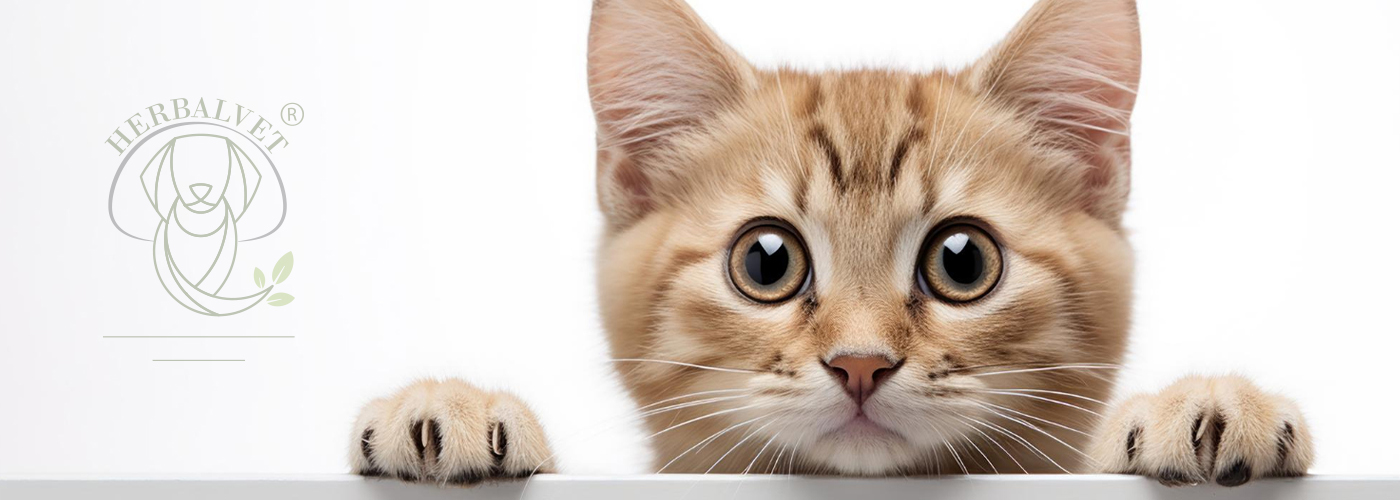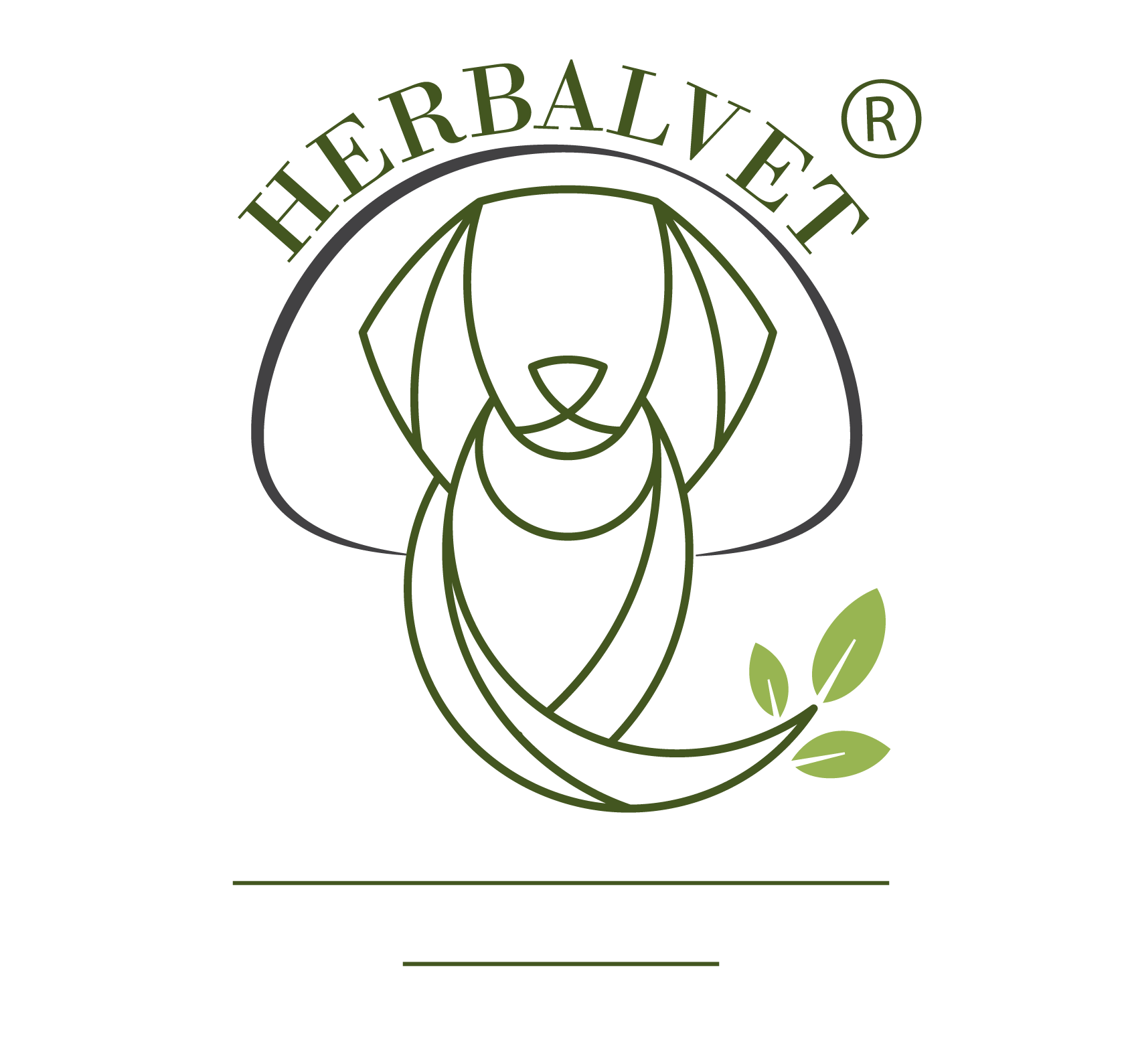
DOGS:
The dosage is 1 ml per 10 kg + 1 ml of each mushroom preparation as the base dose.
A dog weighing 5 kg can safely eat 1.5 ml per day, and it is recommended for a dog weighing 40 kg to eat 5.0 ml per day. For severely ill dogs with cancer, it is suggested to double this basic dose and triple it for 3 months during and after chemotherapy.
It is better to give a lower amount during the 7–10-day lead-in period, which means minus the extra +1 ml. It is recommended to not give it all in one go in the evening as they may not fall asleep afterwards as the formula tends to make them a bit wound up.
The upper limit is pretty much set by your wallet because if you feed double the amount of this ration, nothing bad will happen to the dog. In severe cases, I usually recommend that you take this dose for two products at the same time. Unfortunately, even after 3 weeks of using Lion’s Mane mushroom formulations, the dog may still have difficulty tolerating them, although this is rare; it may manifest itself as diarrhoea. In this case, stick to the smaller dose for a longer period. There is not yet enough data available for small animals, but even after experience of human consumption, it is safe to say that there is no known toxic dose.
Small amounts also make sense and have a therapeutic effect because of the information – there are some places where horses are given around three times the cat dose with great results – and where help is really needed, quite large doses can be safely given. If the body’s own defence system can still be awakened, the animal is likely to recover.
The other component of recovery is diet!
It’s not just the other treatments and chemotherapy that are really important for fungi, but the right diet. I say this as a veterinarian and in some places contrary to the written rules of the profession.
A diet based on animal proteins and animal fats appropriate to the needs of the species, low in carbohydrates and low in processed nutrients, which is not, of course, a meal.
Nevertheless, the necessary medical treatments are not usually unnecessary. To avoid steroids in the acute phase of allergies causing severe symptoms and itching is, in my opinion, unnecessary cruelty to animals. Only these steroids can usually be safely discontinued after a few weeks or months, whereas without medicinal mushrooms it is usually years.
It is important to administer medicinal mushrooms alongside chemo to reduce side effects, so I’m not trying to persuade anyone to skip a recommended chemotherapy treatment if they otherwise believe in it. The more options the better and chemotherapy results are showing improving statistics. The difference of opinion is more about prioritisation. In my opinion, medicinal mushrooms come first, and the right diet comes second, and any other correct and necessary medication, remedies, and interventions can only come third in these chronic internal medicine cases. The exception is perhaps pain relief because in cases of great pain, the first priority is the use of effective painkillers.
The administration of medicinal mushrooms together with blood thinners and insulin requires increased attention and caution! To the best of our knowledge, they can be safely given with all other medicines.

CATS:
0.5 ml/kg, max 2.5 ml/day total medicinal mushrooms.
So, cats over 5 kg should not be given more. We don’t double the dose here, we’re happy to administer it. It can be given continuously, but after 2 months of treatment, we recommend the same number of breaks if the condition does not otherwise require continued feeding.
Unfortunately, the cat is wired to be distrustful of sweet aromatic liquids. The majority of cats will take it regardless, but for a significant proportion, feeding is a major problem.
How can you trick the cat a little? Here is one owner’s description of a successful method:
As for the administration, I use the following method. I aspirate 1-1.5ml of mushroom extract into a clean syringe, then a small nutritional supplement – from Animonde, called Milkies – to fill the 3ml syringe. It is a white cream-like liquid, similar to the packaging of a mini coffee cream. Our cat loves it. So even though the two liquids don’t mix, they squeeze out of the syringe very nicely at the same time (kind of like two-colour toothpaste) if held nearly horizontally. Put your kitten on your lap, the syringe in the corner of its mouth, and very carefully administer it – so that it doesn’t spit it out – and swallow it. If necessary, I’ll suck up some Milkies on the go in the syringe. Maybe it would work with lactose-free milk, I haven’t tried that. I tried to give it to her neat at the beginning, well… she swallowed it… she moaned a lot because of the sticky consistency… and after a few minutes, she threw it all up in revenge. This did not happen with the mixed method. I can’t say that he’s happy during the process, but he’s absolutely fine.
If you have to decide between less or shorter periods, then clearly the choice is less but for a longer period. Medicinal mushrooms work when consumed by the animal. It does not cumulate, if it is not consumed it has no effect. There is no need to take breaks.
